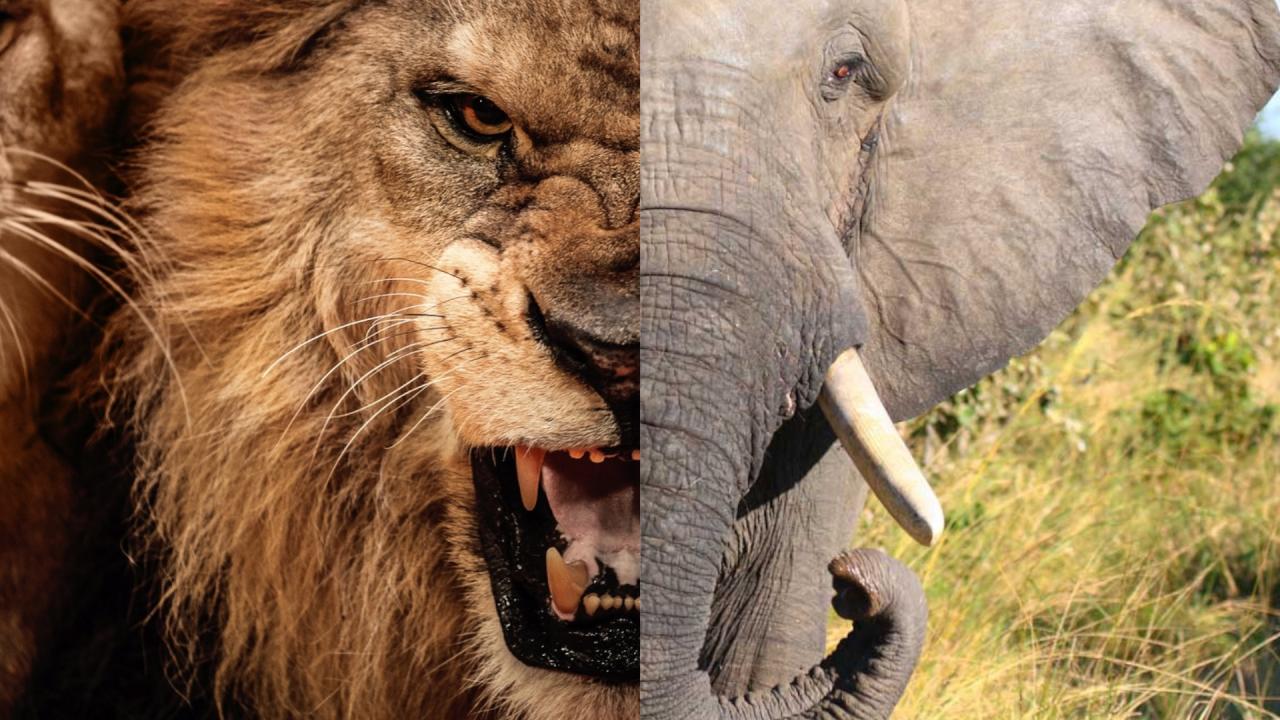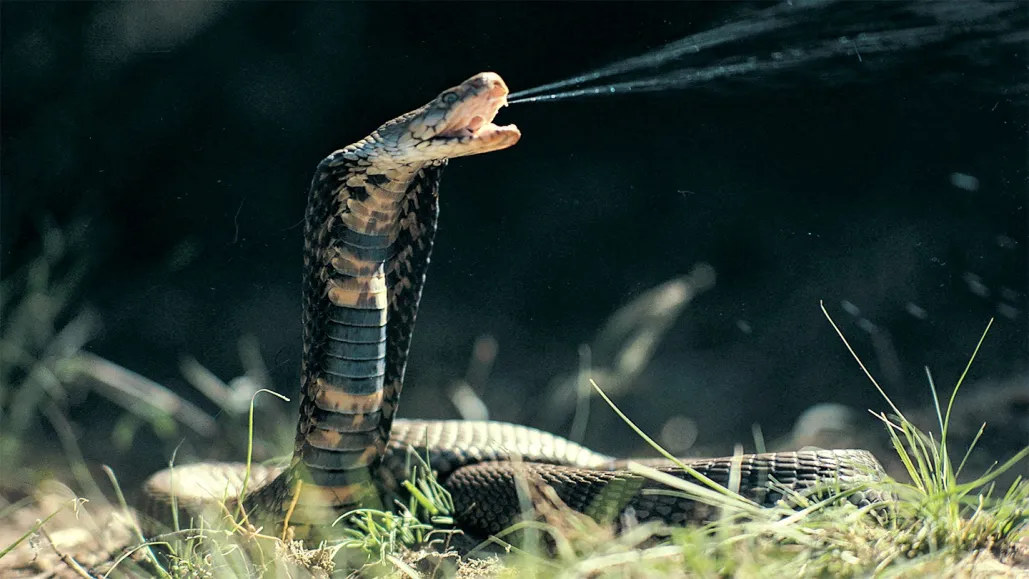Every year, thousands of people around the world are injured or killed by animals. While many animals pose no threat to humans, others are deadly predators, poisonous creatures, or just highly territorial. Some animals are dangerous due to their physical power, while others rely on venom or camouflage to catch their prey or defend themselves.
In this article, we will explore the most dangerous animals on the planet, considering factors like lethality, speed, venom, and overall threat to humans.

Top 10 Most Dangerous Animals in the World
1. Mosquitoes – The Deadliest Creature
- Scientific Name: Anopheles (Malaria Mosquito)
- Annual Human Deaths: Over 1 million
While mosquitoes may seem harmless, they are responsible for more human deaths than any other animal on Earth. These tiny insects transmit diseases such as malaria, dengue fever, Zika virus, and yellow fever, which contribute to a significant number of fatalities annually.
2. Humans – The Deadliest Species
- Scientific Name: Homo sapiens
- Annual Human Deaths: Over 400,000
While humans often view themselves as separate from other animals, we are, unfortunately, one of the deadliest creatures. Wars, homicides, and human-driven environmental destruction cause millions of deaths each year. Our ability to use tools, weapons, and advanced technology makes us a constant threat to other species as well.
3. Snakes – Silent Killers
- Scientific Name: Various species
- Annual Human Deaths: 100,000+
Snakes are notorious for their venomous bites, which can cause immediate or delayed death depending on the species. Some of the deadliest snakes in the world include the Inland Taipan, King Cobra, and the Black Mamba. Snake venom can cause paralysis, organ failure, or internal bleeding, often leading to death if untreated.
4. Box Jellyfish – A Deadly Swimmer
- Scientific Name: Chironex fleckeri
- Annual Human Deaths: 50+
The Box Jellyfish, found in the waters of the Indo-Pacific region, is one of the most venomous creatures in the world. Its tentacles contain toxins that can cause excruciating pain, paralysis, and even death within minutes if not treated promptly. The jellyfish's sting affects the cardiovascular system and can lead to cardiac arrest.
5. Crocodiles – Ancient Predators
- Scientific Name: Crocodylus (Multiple species)
- Annual Human Deaths: 1,000+
Crocodiles, especially the Nile Crocodile and Saltwater Crocodile, are aggressive predators known for their strength and speed in the water. They can ambush prey from below, attacking with incredible force. Their powerful jaws can crush bones, making them one of the most lethal animals in the world. These reptiles are responsible for more human deaths than sharks each year.
6. African Elephants – Majestic but Dangerous
- Scientific Name: Loxodonta africana
- Annual Human Deaths: 500+
Although elephants are typically known for their gentle nature, African elephants are capable of becoming aggressive when they feel threatened. Their immense size, strength, and tusks make them dangerous, particularly during mating season or when protecting their young. Elephants have been known to charge at humans, vehicles, and even other animals.
7. Cape Buffalo – The "Black Death"
- Scientific Name: Syncerus caffer
- Annual Human Deaths: 200+
The Cape Buffalo is one of the most dangerous animals in Africa. These animals are highly territorial and are known for their unpredictable and aggressive nature. They often charge at humans or vehicles if they feel threatened, causing fatal injuries. Due to their size and strength, even trained wildlife professionals sometimes find themselves at risk when dealing with them.
8. Lions – Apex Predators of the Savannah
- Scientific Name: Panthera leo
- Annual Human Deaths: 100+
Lions are known as the “Kings of the Jungle” due to their dominance over other predators. Though lions typically hunt in packs (prides), they can be a serious threat to humans if they feel cornered or are hungry. Lions' powerful jaws, sharp claws, and ability to run at high speeds make them deadly.
9. Tsetse Flies – The Silent Killer
- Scientific Name: Glossina
- Annual Human Deaths: 10,000+
Tsetse flies are responsible for transmitting the deadly disease known as sleeping sickness (trypanosomiasis) to humans. This parasitic disease can cause coma, fever, and eventually death if left untreated. The flies are found in sub-Saharan Africa, where they pose a significant health threat to both humans and livestock.
10. Great White Sharks – The Ocean’s Apex Predators
- Scientific Name: Carcharodon carcharias
- Annual Human Deaths: 10+
Great White Sharks, the most notorious sharks in the world, are known for their size, strength, and sharp teeth. While shark attacks are rare, they can be fatal. Great White Sharks are apex predators in the ocean and can grow up to 20 feet in length, making them capable of attacking large marine animals—and occasionally, humans.

Why These Animals are Dangerous
1. Venomous Defense Mechanisms
Many of the animals listed above rely on venom to defend themselves or catch prey. Venom can cause paralysis, tissue damage, or even death, making these animals incredibly dangerous. For instance, the Box Jellyfish and certain snake species have venom that can incapacitate their victims in moments.
2. Physical Strength
Larger animals like crocodiles, lions, and elephants rely on their sheer size and strength to overpower their prey. Their powerful jaws, claws, and tusks make them formidable opponents in the animal kingdom. They can easily crush bones or deliver fatal strikes to other animals or humans.
3. Aggressive Behavior
Some animals, like the Cape Buffalo and African elephant, exhibit aggression when threatened. Territorial instincts or the protection of offspring can lead to violent attacks. This unpredictability makes them particularly dangerous when humans venture into their territory.
4. Speed and Agility
Certain predators, such as the lion or crocodile, use speed to their advantage. These animals are capable of quick strikes and sudden ambushes, often catching their prey off guard. Their speed also means they can chase down humans or other animals when they feel threatened.
5. Small but Deadly
Smaller creatures like mosquitoes and Tsetse flies are dangerous not because of their size but because of their ability to transmit deadly diseases. In fact, mosquitoes are responsible for more human deaths than any other animal, largely due to the diseases they spread like malaria and dengue fever.
Key Takeaways:
- Mosquitoes, despite their small size, are the deadliest creatures in terms of human fatalities, mainly due to the diseases they transmit.
- Snakes, crocodiles, and box jellyfish are among the most venomous and lethal animals in the world.
- Even large animals like elephants and lions can be unpredictable and dangerous when threatened.
- The most dangerous animals often rely on strength, venom, speed, or aggression to survive and defend themselves





.gif)














Sign in
to continue to ilmkidunya.com